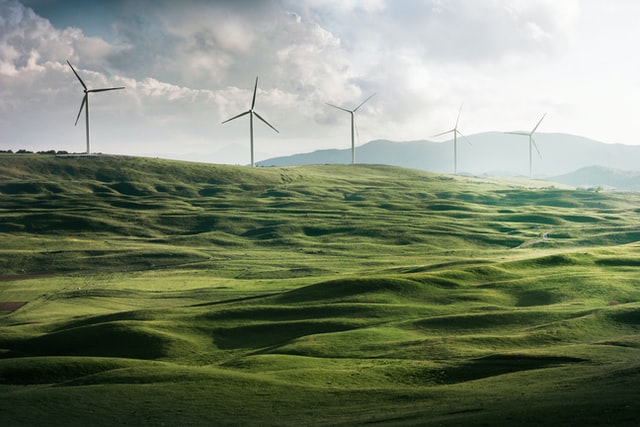The onshore wind industry was hit by profit margin pressure in 2022. Western markets grappled with a perfect storm of supply chain challenges and capex increases. Chinese turbine original equipment manufacturers (OEMs) were shielded by a massive domestic market and localised supply chain.
Heading into 2023, those issues persist. Western wind turbine manufacturers and their suppliers face a difficult year, despite sustained efforts to increase price in light of global supply chain challenges. The Chinese onshore wind industry could now leverage its low-cost position and economies of scale to approach global markets, threatening the market share of entrenched OEMs.
But does unprecedented policy momentum mean a return to profitability is imminent for western players? What changes in global trade dynamics, investment and pricing do we expect? Drawing on insight from Lens Power, Global onshore wind energy: 5 key things to look for in 2023 picks out our predictions for the year ahead.
Onshore wind supply chain pain continues in 2023 – but a profitability turnaround begins for western suppliers
2022 was nothing short of a disastrous year for wind supply chain profitability. The largest western wind turbine OEMs accumulated billions in losses over the course of the year, leading many to close factories, lay off employees and increase pricing for wind turbine equipment.
The reasons for these struggles are multi-faceted but primarily tied to supply chain issues, raw material inflation, dramatic increases in specialised logistics costs and a backlog of unfavourably priced supply contracts. These issues are expected to linger into at least the first half of 2023.
We expect to see a profit turnaround and pathway to growth in 2023.
Aaron Barr, Global Head, Onshore Wind Energy Research
However, we expect to see a profit turnaround and pathway to growth in 2023. Policy clarity in the US in the form of guidance from the US treasury on domestic content incentives should lead to a rush of new turbine orders in early 2023. Permitting acceleration in the EU will also likely lead to a significant increase in orders there. Supply chain constraints and raw material price volatility – the primary drag on OEM profitability – should subside in 2023.
Read the full report for more detail, including a chart on the new build onshore wind market to 2025, by region.
Wind PPA and auction prices will rise to reflect wind energy capex growth, cost of capital increases and strong demand
Capex increases will ultimately propel power prices up for wind energy projects. Western turbine OEMs have been raising turbine prices in reaction to sustained supply chain and profitability challenges. The rise in prices has led to a drop in new orders, but it will ultimately drive wind energy offtake agreement power prices higher in the long term.
Undersubscribed auctions in Europe will drive auction price caps higher. Spain, Germany and France have all experienced severely undersubscribed renewable power auctions in 2022. Many developers view historically-high merchant power prices as a more attractive option to long-term contracts, particularly with current price ceilings in place. Many auction price caps will be increased in response to low subscription levels.
Strong demand from corporate and institutional offtakers will prompt a power purchase agreement (PPA) price premium.
What’s the forecast for wind’s levelised cost of energy (LCOE)? And will China continue to buck the global trend? Read our view in the full report.
Chinese wind companies are set to take market share from western OEMs
Chinese OEMs are gaining strength while western OEMs are on the ropes. Economies of scale in the Chinese supply chain, reduced exposure to raw material inflation and lower logistics volatility has delivered profitability that contrasts with the significant losses their counterparts in the west have suffered.
What’s more, Chinese OEMs are leapfrogging western technology. The average turbine size for orders placed in China for 2022 was over 5.4 MW, which eclipses the 4.2 MW average rating for western OEMs. This discrepancy contrasts the historical trends, where the Chinese market has traditionally deployed smaller turbines.
Which markets are the primary focus for Chinese exports? Read the full report to find out more.
What other factors will shape onshore wind in 2023?
How will protectionist policies affect capital costs in 2023? How will turbine technology develop? Read Global onshore wind energy: 5 key things to look for in 2023 in full for our predictions.






